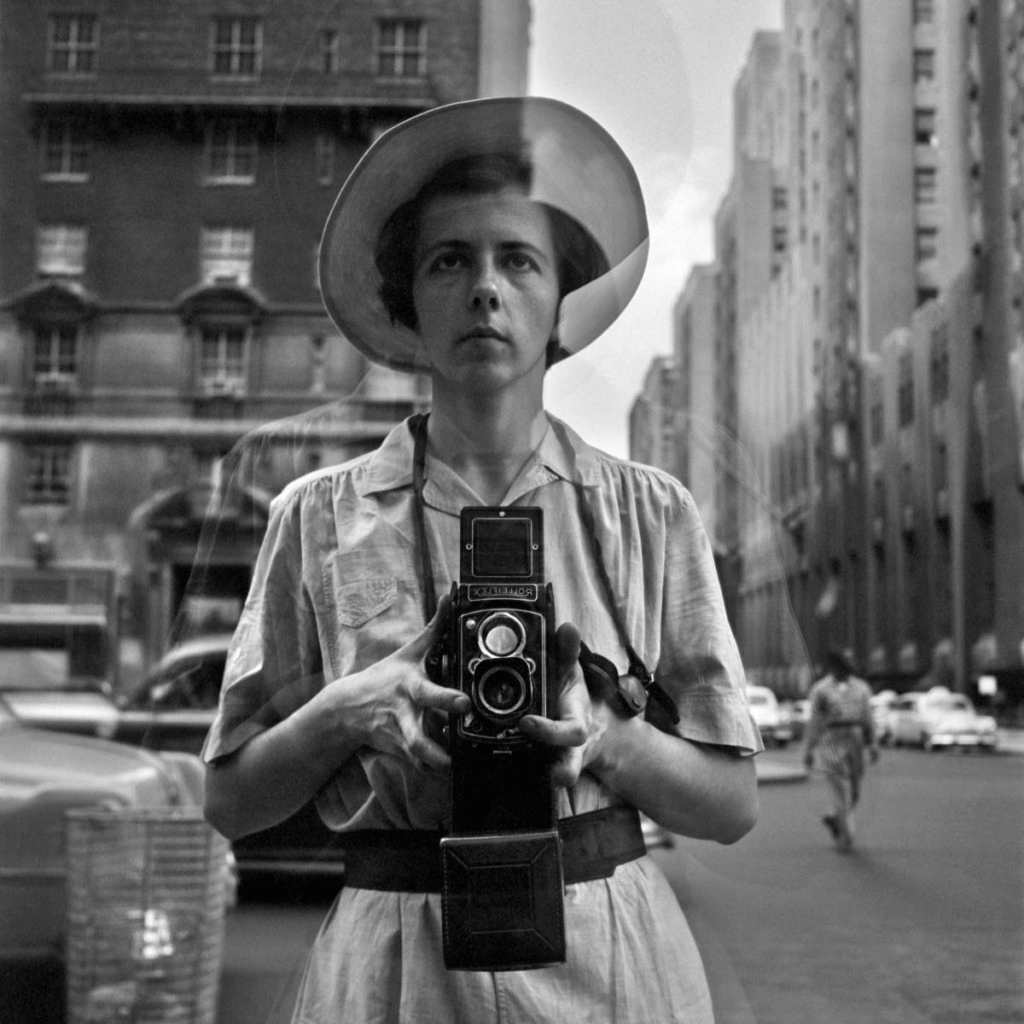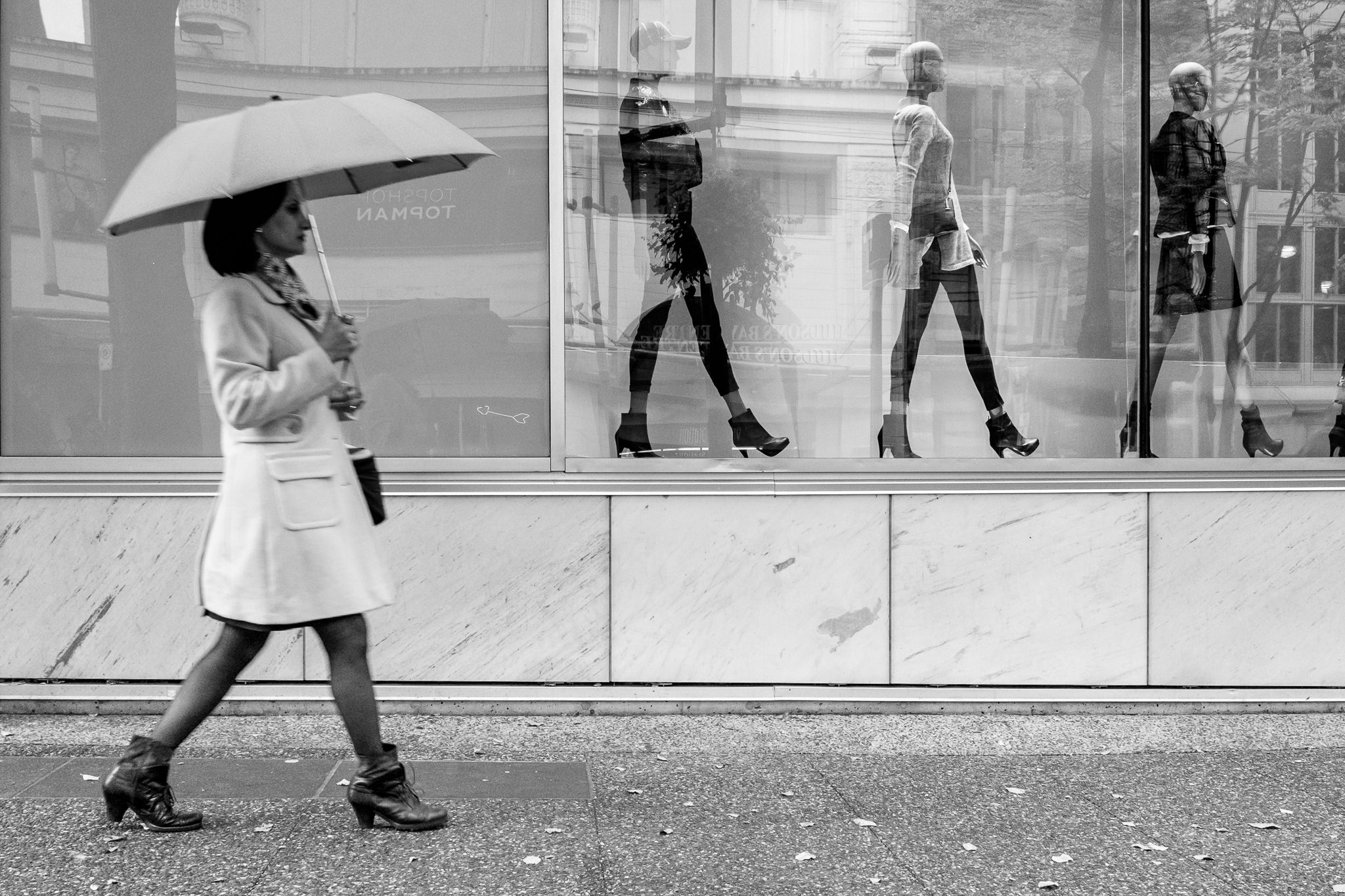The Only Guide to Framing Streets
The Only Guide to Framing Streets
Blog Article
Little Known Questions About Framing Streets.
Table of ContentsExcitement About Framing StreetsLittle Known Questions About Framing Streets.Framing Streets Can Be Fun For AnyoneThe 8-Second Trick For Framing StreetsThe Basic Principles Of Framing Streets Framing Streets Fundamentals Explained
Digital photography genre "Crufts Pet dog Program 1968" by Tony Ray-Jones Street digital photography (likewise sometimes called candid digital photography) is photography carried out for art or inquiry that includes unmediated opportunity encounters and arbitrary incidents within public locations, generally with the goal of recording pictures at a crucial or touching moment by cautious framework and timing. 
Examine This Report on Framing Streets
Susan Sontag, 1977 Street photography can focus on individuals and their habits in public. In this respect, the road photographer is comparable to social docudrama professional photographers or photographers that likewise operate in public areas, but with the aim of capturing newsworthy occasions. Any one of these professional photographers' images might record people and home noticeable within or from public locations, which frequently requires browsing moral problems and laws of personal privacy, safety, and building.
Representations of day-to-day public life develop a style in practically every duration of world art, starting in the pre-historic, Sumerian, Egyptian and very early Buddhist art durations. Art managing the life of the road, whether within views of cityscapes, or as the dominant theme, appears in the West in the canon of the Northern Renaissance, Baroque, Rococo, of Romanticism, Realistic look, Impressionism and Post-Impressionism.
The 8-Minute Rule for Framing Streets
Louis Daguerre: "Blvd du Temple" (1838 or 1839) In 1838 or 1839 the first picture of figures in the road was videotaped by Louis-Jacques-Mand Daguerre in one of a pair of daguerreotype sights extracted from his studio home window of the Blvd du Holy place in Paris. The second, made at the height of the day, reveals an unpopulated stretch of street, while the other was taken at concerning 8:00 am, and as Beaumont Newhall records, "The Boulevard, so constantly filled with a relocating throng of pedestrians and carriages was perfectly solitary, except a person that was having his boots cleaned.
, who was influenced to embark on a comparable paperwork of New York City. As the city created, Atget assisted to promote Parisian streets as a worthwhile subject for photography.

About Framing Streets
The principal Mass-Observationists were anthropologist Tom Harrisson in Bolton and poet Charles Madge in London, and their very first report was generated as guide "May the Twelfth: Mass-Observation Day-Surveys 1937 by over two hundred onlookers" [] Home window cleaner at Kottbusser Tor, Berlin, by Elsa Thiemann c. 1946 The post-war French Humanist School photographers discovered their topics on the street or in the restaurant. Andre Kertesz.'s widely admired Images la Sauvette (1952) (the English-language version was labelled The Decisive Moment) advertised the concept of taking a photo at what you could try these out he described the "decisive minute"; "when type and material, vision and composition merged into a transcendent whole" - vivian maier.
What Does Framing Streets Do?
The recording equipment was 'a hidden electronic camera', a 35 mm Contax concealed below his coat, that was 'strapped to the chest and linked to a long wire strung down the appropriate sleeve'. His work had little modern influence as due to Evans' sensitivities regarding the creativity of his project and the personal privacy of his subjects, it was not published until 1966, in the book Many Are Called, with an introduction written by James Agee in 1940.
Helen Levitt, after that an instructor of little ones, linked with Evans in 193839. She documented the temporal chalk drawings - sony a9iii that were component of youngsters's road society in New York at the time, along with the youngsters that made them. In July 1939, Mo, MA's brand-new digital photography section consisted of Levitt's work in its inaugural exhibitionRobert Frank's 1958 book,, was substantial; raw and frequently out of emphasis, Frank's photos questioned traditional digital photography of the time, "challenged all the official rules set by Henri Cartier-Bresson and Pedestrian Evans" and "flew in the face of the wholesome pictorialism and sincere photojournalism of American magazines like LIFE and Time".
Report this page